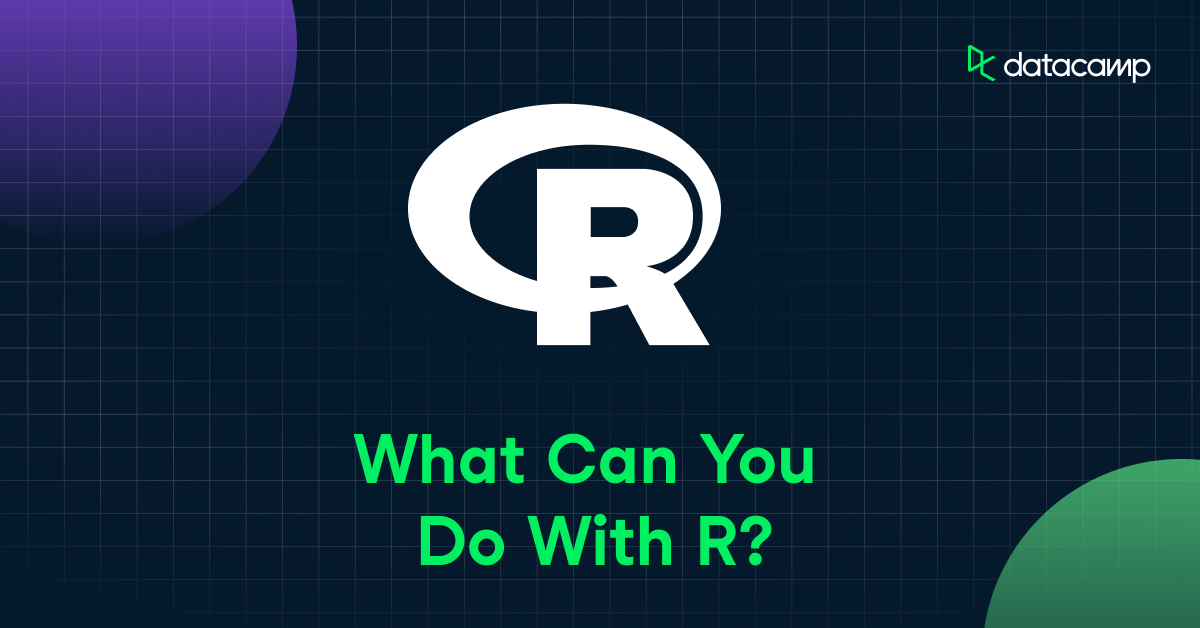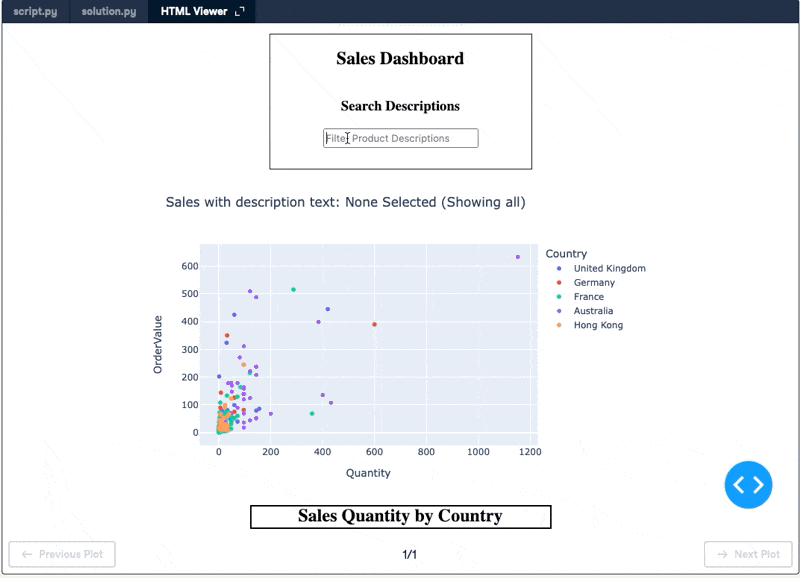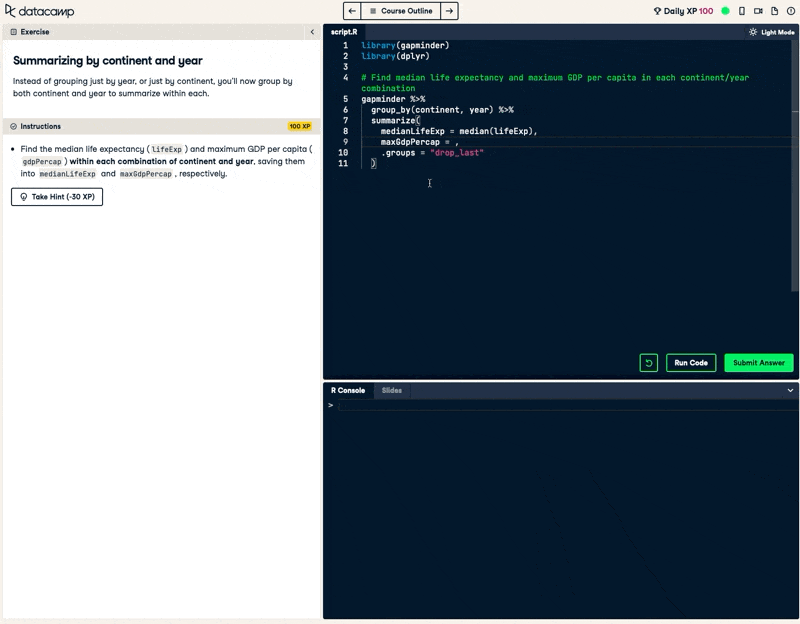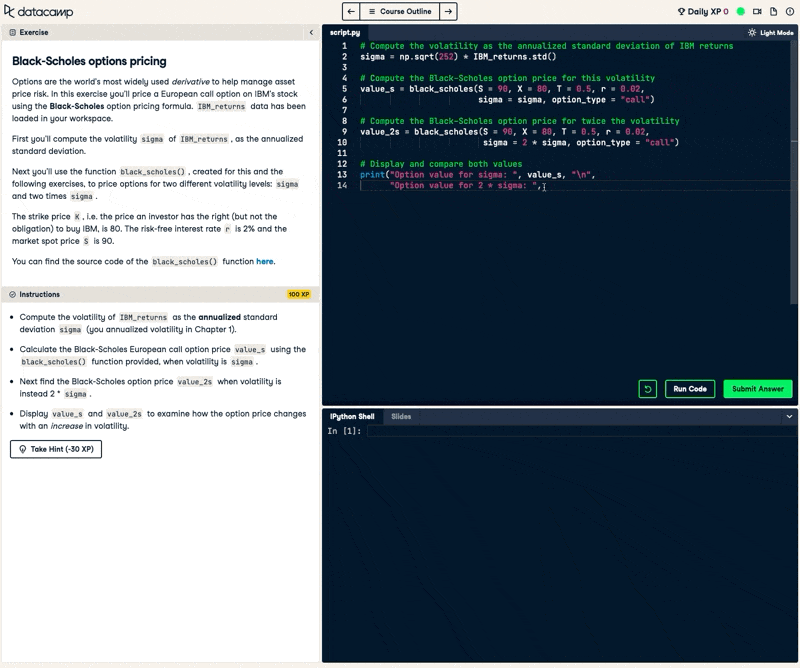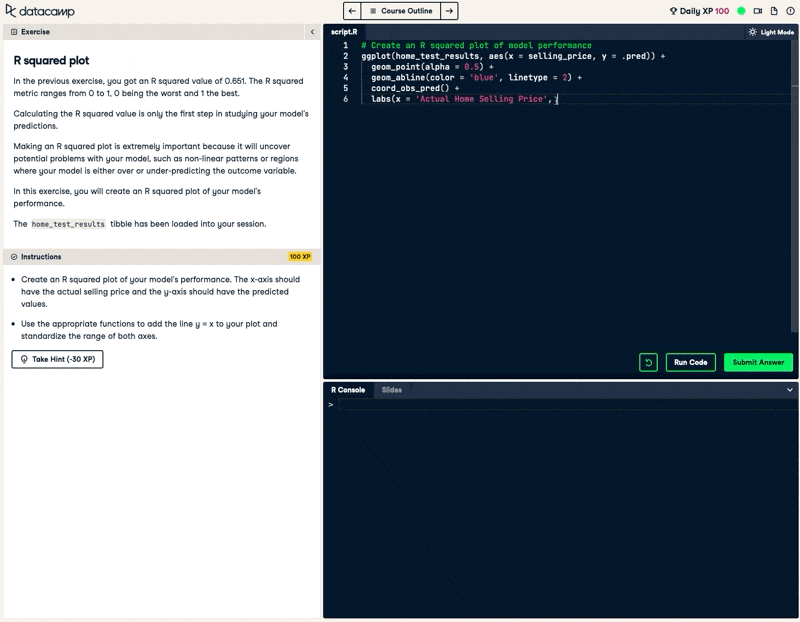Course
What can you do with R?
Ever wondered what you can do when you master R? We explore five potential uses for this versatile programming language. Start your journey to mastery now.
Jul 2022 · 4 min read
Courses for R
4 hr
2.7M
Course
Intermediate R
6 hr
598K
Course
Introduction to Statistics in R
4 hr
85.9K
See More
RelatedSee MoreSee More
tutorial
Scatterplot in R
Learn how to create a scatterplot in R. The basic function is plot(x, y), where x and y are numeric vectors denoting the (x,y) points to plot.
DataCamp Team
tutorial
Operators in R
Learn how to use arithmetic and logical operators in R. These binary operators work on vectors, matrices, and scalars.
DataCamp Team
4 min
tutorial
How to Transpose a Matrix in R: A Quick Tutorial
Learn three methods to transpose a matrix in R in this quick tutorial
Adel Nehme
tutorial
Snscrape Tutorial: How to Scrape Social Media with Python
This snscrape tutorial equips you to install, use, and troubleshoot snscrape. You'll learn to scrape Tweets, Facebook posts, Instagram hashtags, or Subreddits.
Amberle McKee
8 min
tutorial
AWS Storage Tutorial: A Hands-on Introduction to S3 and EFS
The complete guide to file storage on AWS with S3 & EFS.
Zoumana Keita
16 min
